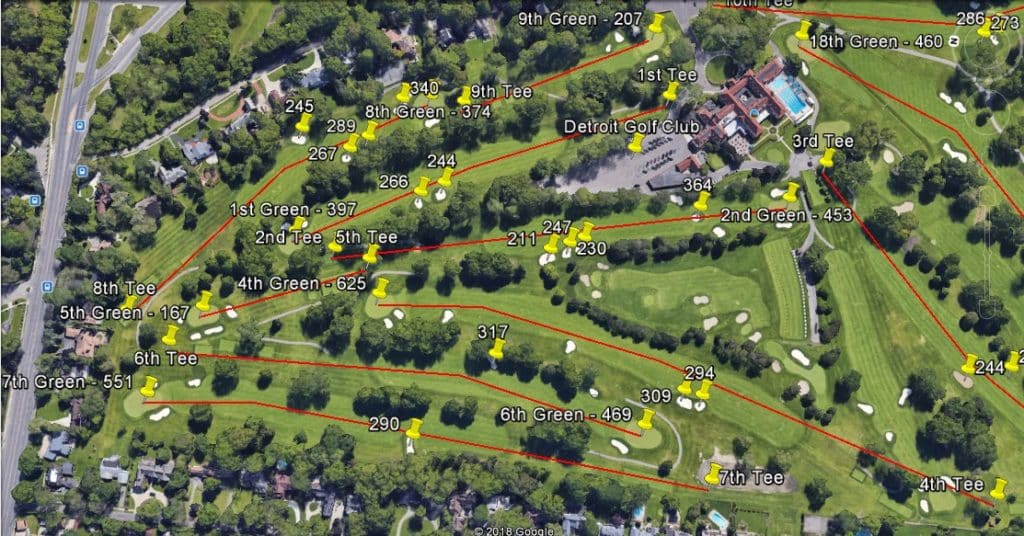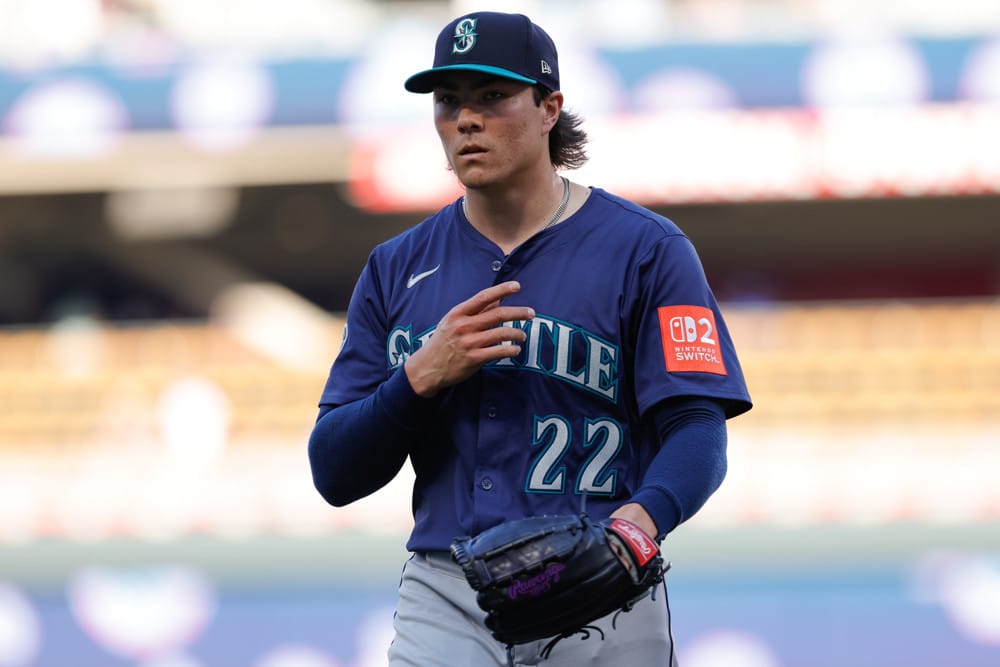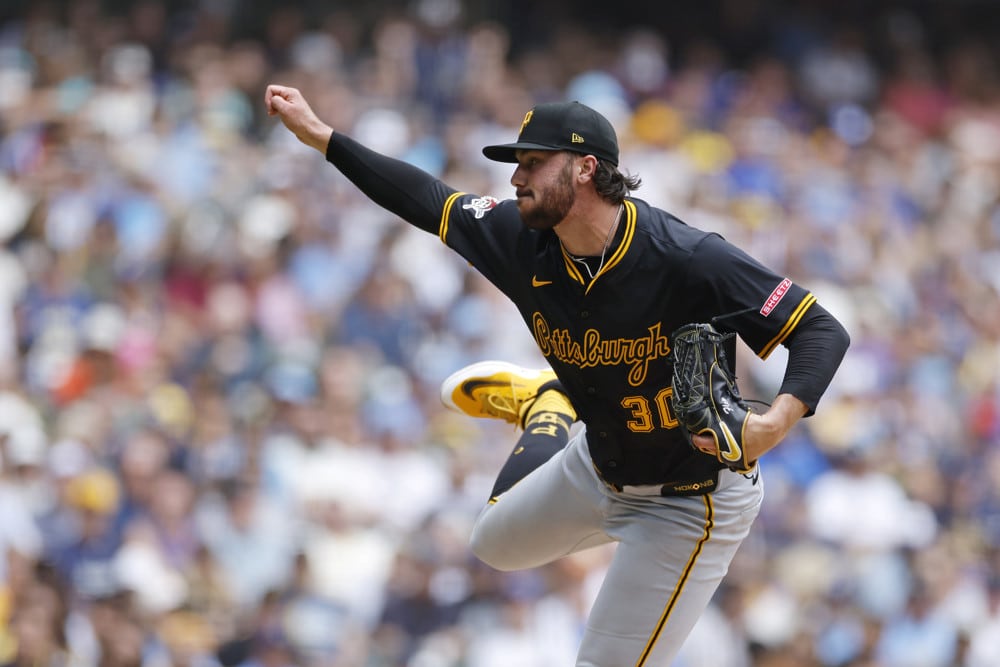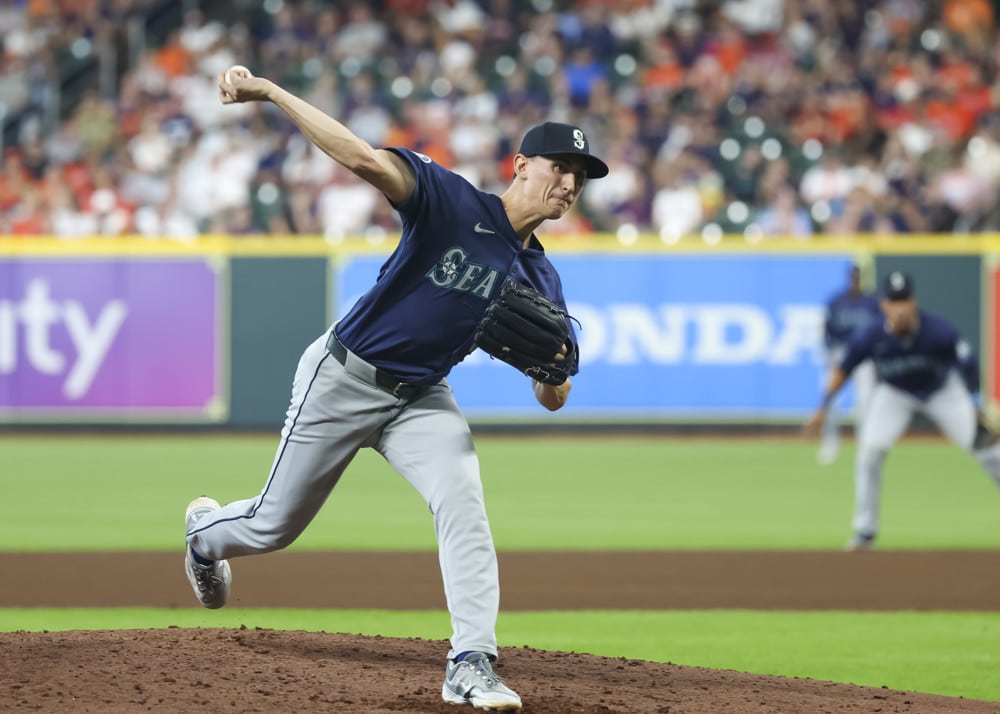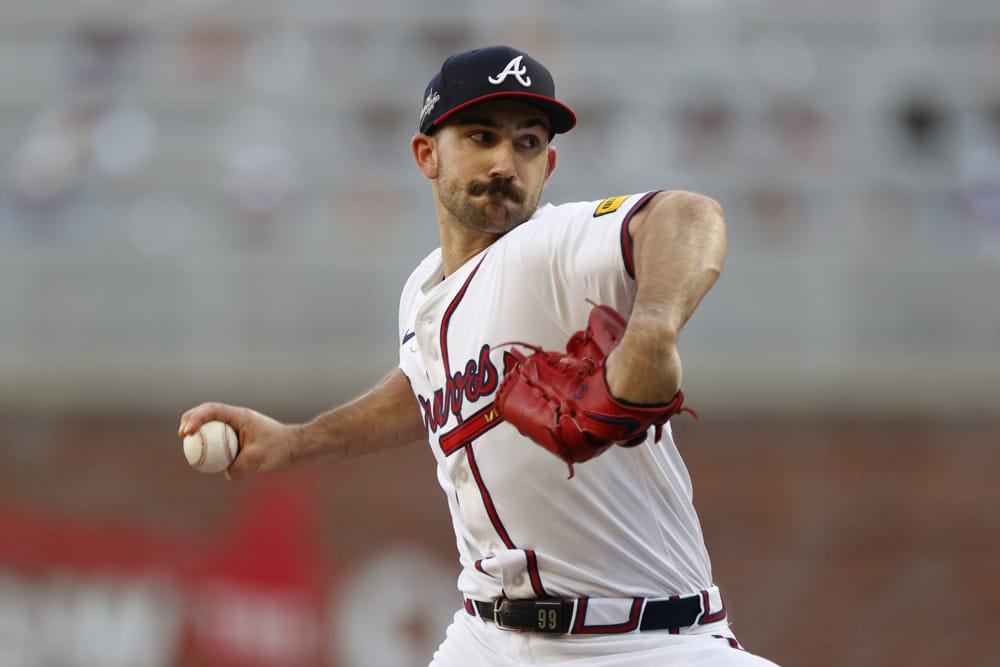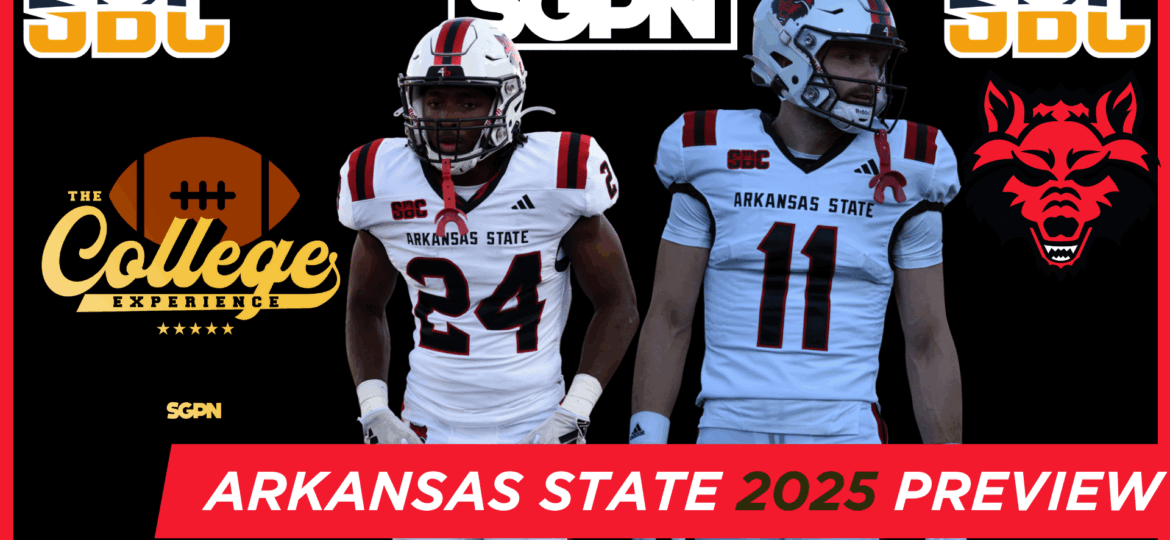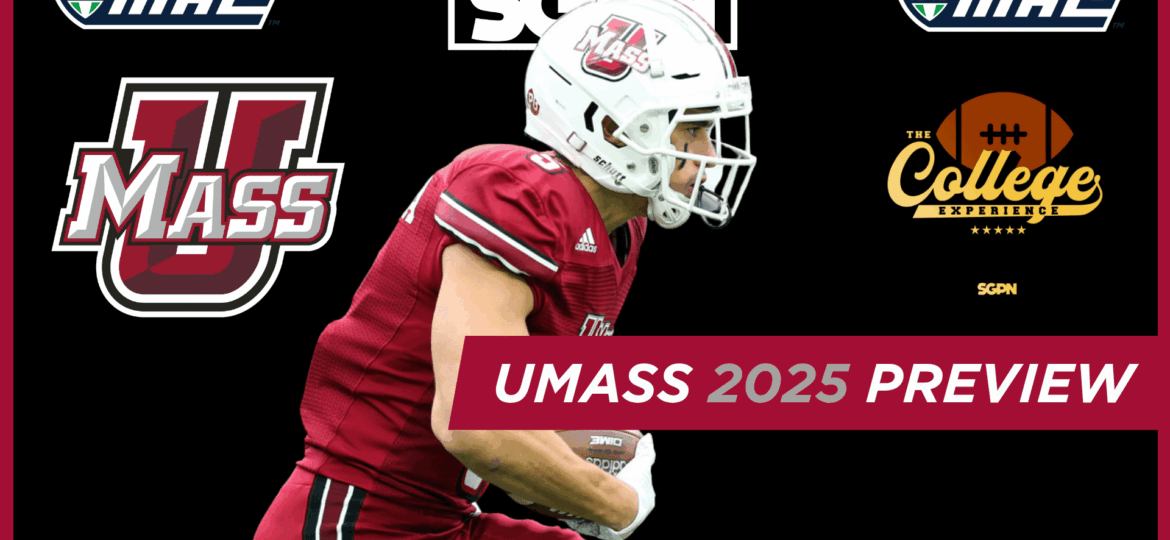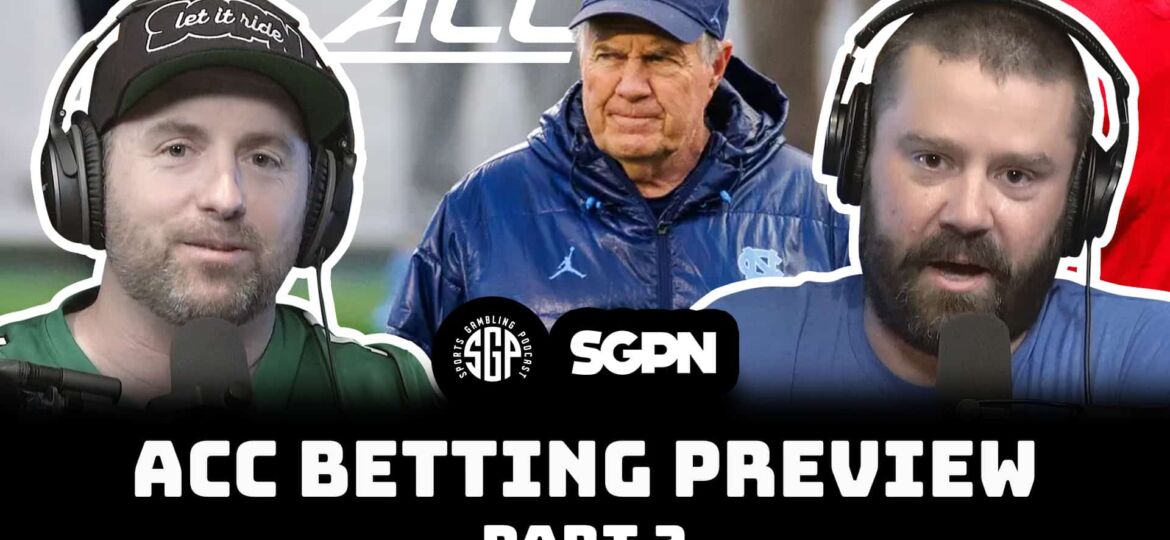While “classic” may be in this tournament’s name, there certainly is not much history and lore to be had for this week’s event. What once was a tournament hosted by the Tiger Woods Foundation in the Washington D.C. area has moved west to the Detroit Golf Club for the second annual Rocket Mortgage Classic.
Here’s everything to know about the Detroit Golf Club before placing any wagers on the event.
The Field
The first three weeks back from the COVID break has produced very strong fields as top players are eager to get back on the golf course. But for this week, the field strength has definitely taken a bit of a hit as some players are opting to take a much needed week off before a double header at Muirfield Village, which is one of the more popular golf courses on the PGA Tour.
Headlining the field is Rocket Mortgage poster boy Rickie Fowler, who stars in several of their commercials and is the face of this tournament. He’s joined by Bryson DeChambeau, Tony Finau, Tyrrell Hatton, Hideki Matsuyama, Patrick Reed, Bubba Watson and Webb Simpson as the main attractions of the field. But outside of these players there isn’t a lot of other star power to this field.
Once again, the elephant in the room is what will the COVID tests at the beginning of the week reveal. Last week, Cameron Champ tested positive before the tournament and withdrew (though he later claims he twice tested negative, which puts in to question just how accurate the tests the PGA Tour uses are). The caddies for Graeme McDowell and Brooks Koepka, as well as members of Webb Simpson’s family, all tested positive for COVID as well, which forced their withdrawal. And then on Friday morning Denny McCarthy experienced COVID symptoms after being at the golf course all week, and lo and behold he tested positive as well.
This prompted PGA Tour commissioner Jay Monahan to fly up to Connecticut and give his best “Bagdhad Bob” impression by saying all is well. But count this writer who is very anxious about both the outcome of next week’s tests as well as the status of the PGA Tour going forward if it gets out of control.
For the full field, click here.
The Golf Course
The Detroit Golf Club is a private club that was originally built in 1899 by William Farrand. The golf course was originally a 6 hole design, expanding to 9 holes a year later after additional property was acquired.
In 1913, the legendary Donald Ross was brought in to survey the land and determine what else could be done to expand the golf course. He determined that with an additional land purchase there was enough room to design and build a full 36 hole layout. From there, the North Course and the South Course was born from his creation.
Many golf courses around the country claim to be a Donald Ross design, however his signature style is often lost after either from years of neglect or significant alterations from modern architects. The Detroit Golf Club, however, is as close to a traditional classic Donald Ross design as they come:
When you think of the prototypical Ross design, the first thoughts should be narrow, tree-lined fairways flanked by lush rough and small, circular back-to-front sloping greens fortified by bunkers on either side. It’s a very popular template for most parkland golf courses in the Untied States, and Detroit Golf Club is a textbook example of this classic Donald Ross design.
If anything, it’s almost too classic. There’s not a lot of variation in tee-to-green direction over the golf course, it’s a very flat piece of property and many holes are of the same cookie cutter template. Most holes either run north to south or south to north with only very slight doglegs. From a viewer standpoint, the coverage might be a little bland because it will feel like the players are playing the same hole over, and over, and over.
For this tournament, the North Course is primarily used with a few slight alterations to the routing. The course recently underwent a renovation to lengthen the yardage on the scorecard in order to accommodate the best players in the world. The North Course had run under 7,000 yards, however for the Rocket Mortgage Classic the yardage will be just over 7,300. In addition, the opening hole will be played down the North Course 8th, with the 2nd played on the 9th and the 3rd hole played on the South Course 1st hole.
From there, the traditional 2nd hole on the North Course has been lengthened to a 675 yard Par 5 4th hole, with trees cut down and a south course tee box used for tournament play. The rest of the front nine will then be played on the traditional 3rd-7th holes of the North Course.
The back nine plays to the traditional North Course routing, and the prime area for spectators will be the around the 14th and 15th holes. From this area, spectators can watch players play almost all the holes from 14-18, and the tournament directors are looking to treat this area of the golf course as their very own “Amen Corner”.
As far as grass types, greens are primarily poa annua with a small mix of bentrgrass, while the fairways and rough are primarily blue grass. While this isn’t a common grass type of golf courses played on the PGA Tour, it’s a cooler climate grass strain and has the characteristics of typical bentgrass.
For a more in depth look at the golf course, check out the video below from The Course Reports:
Betting Strategies
Last year was already tricky enough for handicappers with the move to a brand new golf course. It might be even trickier this year because of the one year sample size and the risk we may be overreacting to what we saw from the tournament last year.
Generally speaking, however, the top of the leaderboard at last year’s Rocket Mortgage Classic was about in line to how it was thought the golf course would play.
This definitely looks like a skill set chart for a tournament held on a Donald Ross course. Donald Ross golf courses tend to be more of a classic design, meaning it was designed for how it should be played in the early 20th century before the explosion of distance. They also are second-shot golf courses where players must think what type of tee shot they want to hit so that they have the most optimal approach shot to the pin.
That’s why it’s no surprise that at last year’s Rocket Mortgage Classic, driving distance was de-emphasized while areas like driving accuracy, approach play and scrambling were elevated. This is also reflective at the types of players who finished towards the top of the leaderboard, as while there was a mix of long/inaccurate and short/precise hitters on the PGA Tour, they all excelled with iron play and scrambling. They also generally ranked highly in a stat called “Good Drive %”, which means the % of times a player would hit the green even if their tee shot did not find the fairway. These players also had high birdie rates, which makes sense given the winning score last year was -25 and the cut was -5.
I think it’s safe to target these types of golfers again this year given the pre-tournament expectations for Detroit Golf Club mostly came to fruition. Unfortunately for gamblers, however, this field is incredibly weak and means that there aren’t very many reliable choices to bet on in this field. But considering most of the top players in this field’s strengths is how much longer they are than everyone else, it’ll put most of the field on a more even playing field and increase the likelihood this week’s winner will be a long shot.



